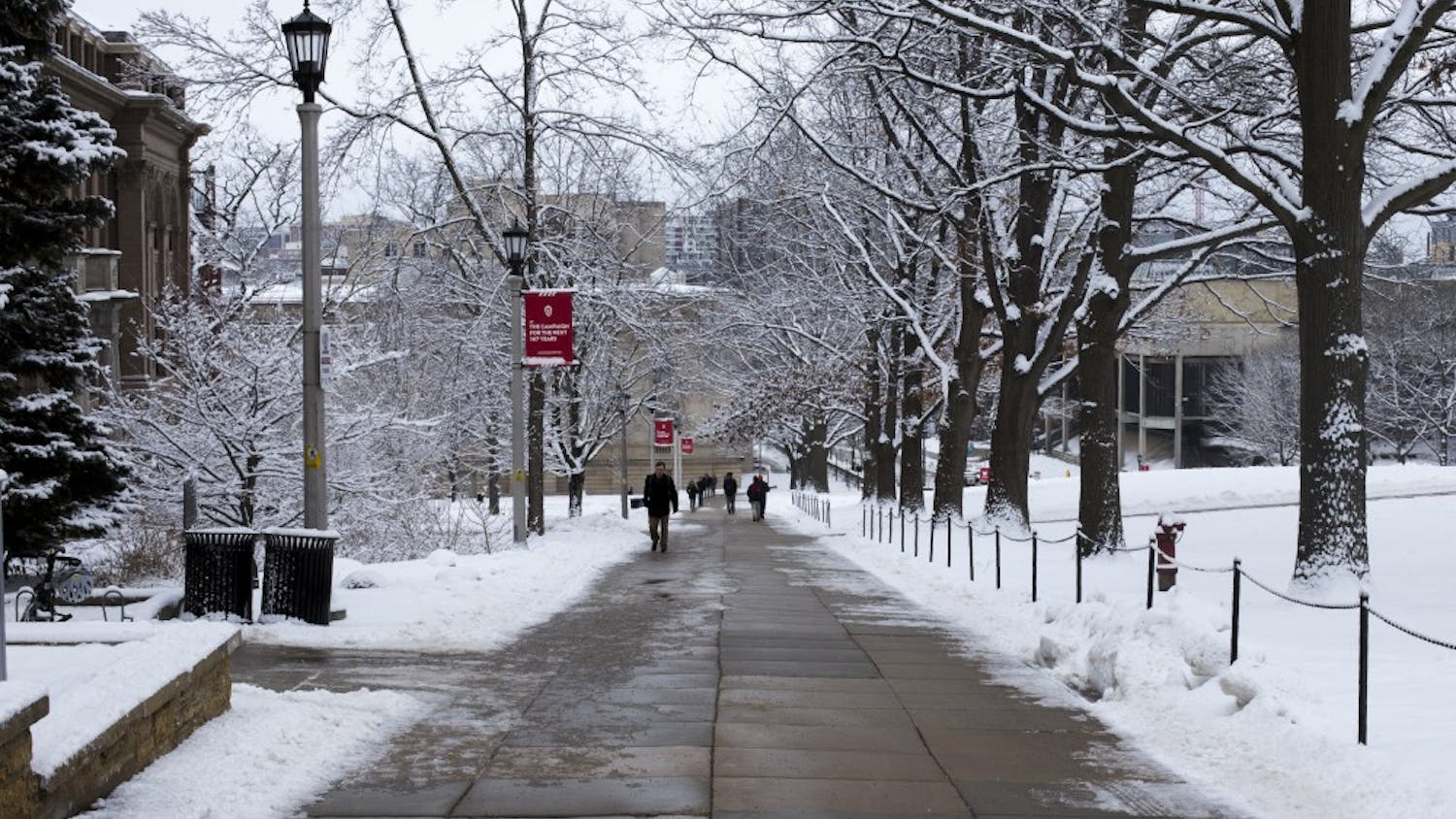I’m trying to get my roommate to understand the size of the global black market. Earlier this week, my sociology professor had the class discussing how widespread black market activities were. Some of the students couldn’t believe that the US has one of the largest black markets in the world.
Since the US is a superpower, most of the students were under the impression that we’d be successfully preventing illicit activities in our own borders. My roommate doesn’t think the global value could be greater than $500 billion, but I’m arguing that it’s probably closer to $1 or $2 trillion. What are the figures on the size, and is it getting bigger or smaller?
Understanding the economic value of the global black market is irrelevant unless you also understand what it represents. You might be surprised to learn that both you and your roommate have underestimated the total value of the global black market. Experts estimate that its value approaches $10 trillion. They also predict that by 2020, the “shadow economy” will employ two-thirds of the world’s workers. Let those figures sink in for a moment.
More disconcerting is the fact that some researchers estimate half a trillion dollars alone is devoted to illicit drug trafficking. Editors at Business Insider created an accurate visualization to help capture the global breakdown of illicit activities. The trends they outline aren’t especially promising. Unfortunately, the rise of organized crime in the modern age has only fueled the fire.
It can be easy for outsiders to forget that an inordinate amount of money almost always accompanies criminal activities. That money can often be the only trace of an illegal activity in the first place, which makes it more valuable than its intrinsic worth. Make no mistake: criminals go to extremely great lengths to protect said money. Writers at World Finance explain the intricacies behind organized crime and its economic underbelly. Criminals and legal authorities are essentially playing a perpetual game of cat and mouse.
For the time being, everything basically boils down to money laundering, especially since crime needs cash. The margins on illicit activities can be exceedingly high, which means money laundering schemes have had to evolve and become increasingly complex. Highly motivated and well financed actors can utilize technology to aid their illegal activities. This is forcing international businesses to invest in sophisticated countermeasures.
For example, a manufacturing company headquartered in New Zealand responsible for servicing customers globally has to have a reliable AML compliance program. In other words, every transaction processed has to comply with the anti-money laundering rules outlined in the Bank Secrecy Act. Corporations would historically accomplish these duties by hand, but that’s both prone to human error and corruption. It’s tempting to rely exclusively on technology when confronted with that reality, but opponents are skeptical about putting too much faith in our systems, either.
Regardless of where you stand on the implications, surely you can agree that the size alone isn’t nearly as compelling as what it represents. There’s a lot to learn when it comes to the global black market. Grasping how much it’s worth is only the beginning.
“I have built my organization upon fear.” -- Al Capone





